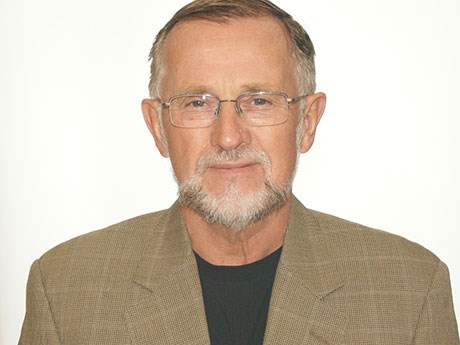Project costs skyrocketed 300 per cent from 2002 to 2013
Between 2002 and 2013, the mining industry faced unprecedented project cost escalation. Inflation was less than 20 per cent over the 11 years, but project costs rose by up to 300 per cent, according to CIM distinguished lecturer Ken Thomas.
The Canadian Institute of Mining, Metullurgy and Petroleum’s (CIM) Sudbury chapter featured Thomas as its final lecturer of the year April 16th. Thomas has worked in the mining industry for more than 40 years with Kinross Gold Corporation and Hatch, among others, and now runs his own consulting practice, Ken Thomas & Associates Inc.
According to Thomas, several factors contributed to project cost escalation during the 2000s. The rising Commodity Price Index (CPI) for aluminum, copper, zinc, gold, platinum, Brent crude oil, iron ore, uranium and other minerals was the primary factor. If the CPI was normalized at 100 in 2002, by 2014 it had surpassed 500 though it has now settled down to something closer to 400.
Skyrocketing commodity prices fuelled by demand led to a surge in new mine development and an inflationary chain reaction.
Equipment, engineering and construction costs soared. The cost of trucks, for example, increased by more than 100 per cent between 2002 and 2012.
As the demand for workers outpaced supply, the industry was also impacted by rising costs for wages and salaries. Labour costs, Taylor said, increased by 170 per cent over 10 years, and engineering costs increased by 180 per cent. However, as with the CPI, Thomas sees a change on the horizon as more people enter the workforce.
Increasingly remote locations for mining projects in South America and abroad also affected costs, though location affected international mining projects more than those in the Sudbury area. More relevant to Sudbury’s mining industry is the cost of environmental assessments and community engagement.
In a city known for its history of environmental degradation, mining companies are keen to ensure new projects are safe and sustainable. Thomas was quick to point out that the focus on environmental sustainability is a positive change in the industry, and that while it contributes to rising costs, environmental assessments are desirable
and necessary.
Similarly, government regulations and mandatory consultation with local community groups is beneficial but costly.
David Pisaric, manager at Vale’s Creighton Mine, became aware of the trend toward rising costs in the
mid-2000s.
Engagement with First Nations and other affected community groups has helped to fuel cost escalation in Ontario, acknowledged Pisaric, pointing to the example of mandatory consultations with First Nations communities in the Ring of Fire.
“It forces the conversation and it’s only positive,” he said.
Jessica Morgan, now a manager at Worley Parsons, entered the industry just as costs started to take off. She remembers the cost of copper projects tripling during her first years.
“There’s this perception that all the commodities have increased so much in the last 10 years, but the costs have come right along with it, so everybody is still just surviving at today’s
commodity prices,” said Morgan. However, she also said “the general attitude is that the next big push is coming and companies are gearing up.”
Thomas said he sees the CPI slowing, and potentially plateauing over the next several years. He also predicts project cost escalation will likely slow as well. The rapid cost escalation between 2002 and 2013 won’t continue into the next few years and has already showed signs of slowing in
2015.
The CIM lecture was sponsored by Hatch. Lecturers are chosen based on their accomplishments and contributions in the mining industry. Thomas is currently travelling across the country to speak at CIM chapters.


